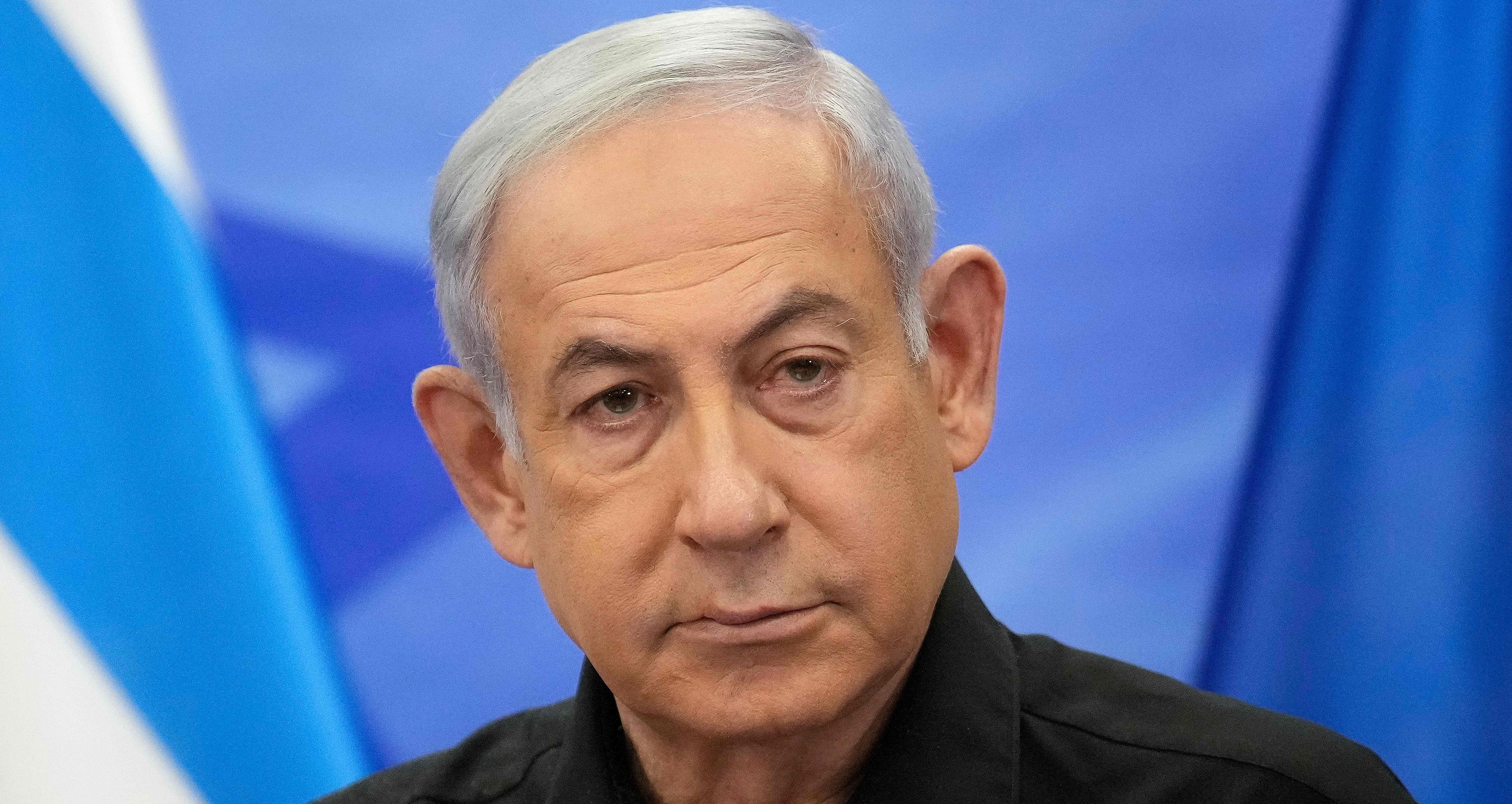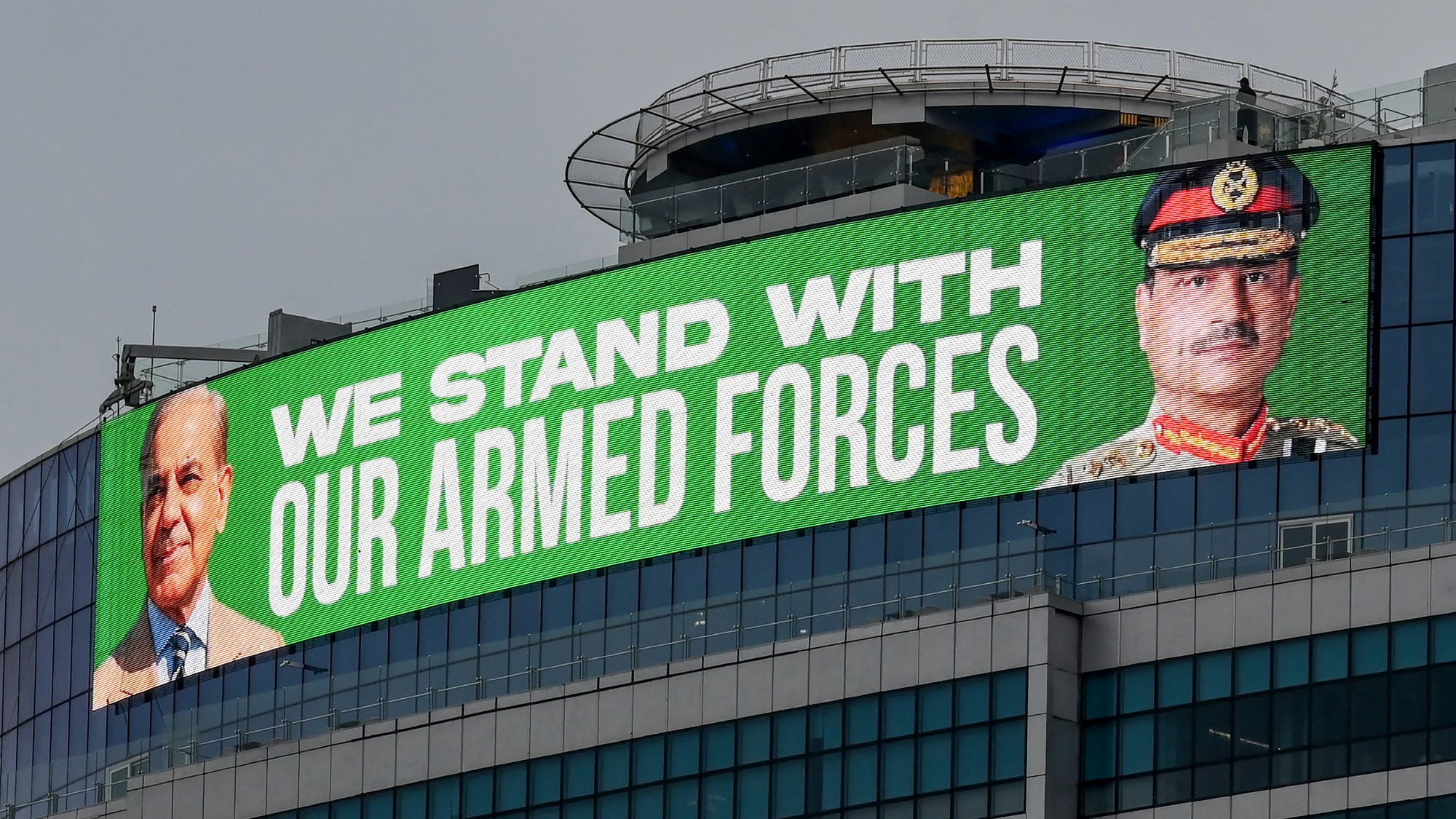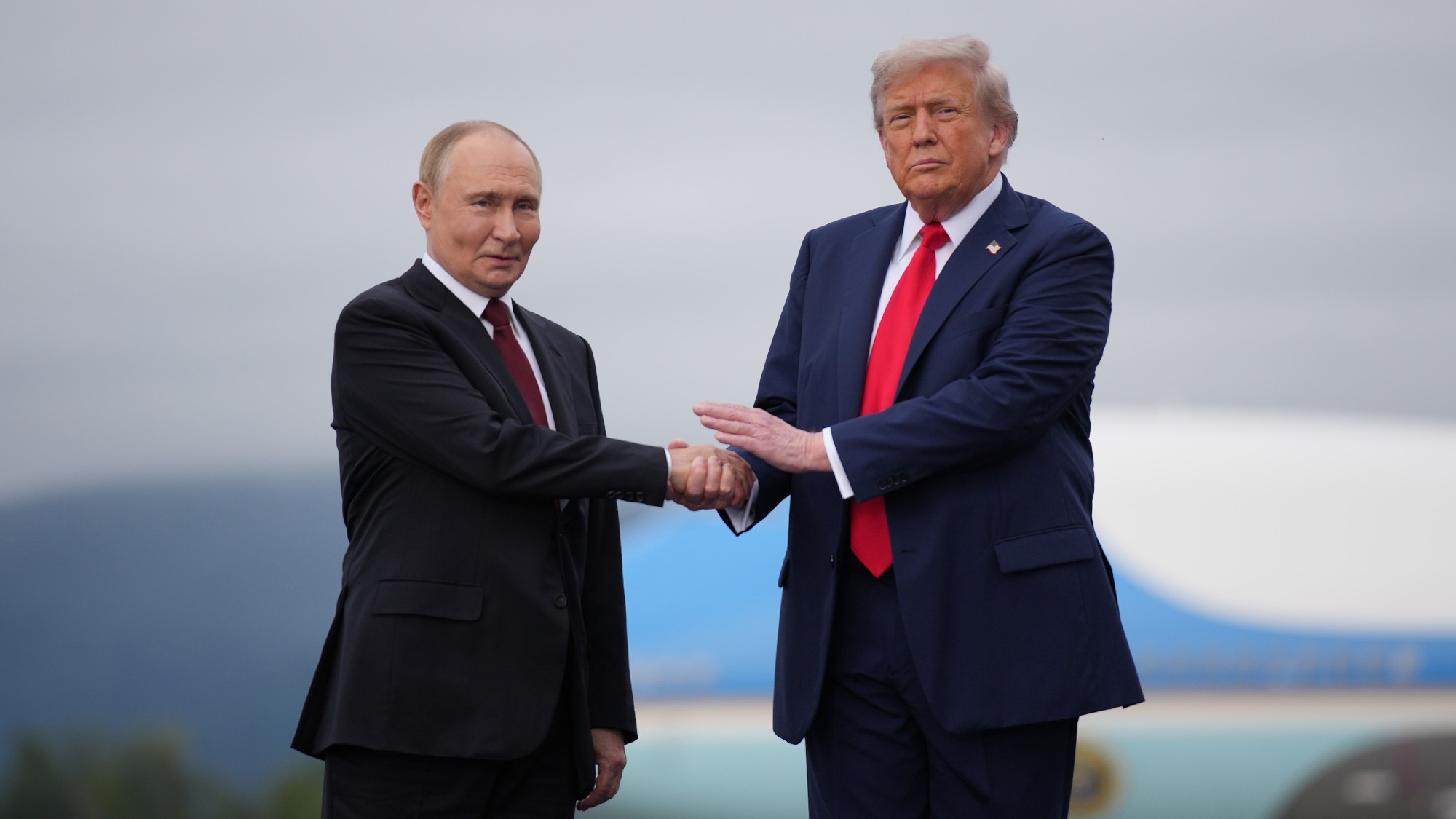War on Hamas: the perils of a ground invasion in Gaza
Many Israelis want a decisive offensive but it is very likely to become a quagmire

As its troops continued to mass on the border with the Gaza Strip this week, the Israel Defence Forces (IDF) arranged for foreign media to get an unequivocal picture of the enemy they are facing, said David Patrikarakos on UnHerd.
Some 250 journalists, from all over the world, were invited to a military base in Tel Aviv on Monday, where they were shown “raw footage” of the Hamas massacres of 7 October, much of it taken from GoPro cameras that the terrorists were wearing.
It starts with a view of the militants whooping in the backs of trucks as they cross into Israel; they fan out into the streets, shooting at cars and dragging out blood-drenched corpses. Then the footage cuts to a kibbutz, where a dog runs out to greet a gunman, who lowers his gun and shoots it dead. What we are watching, it becomes apparent, is a “montage of atrocity”, and it gets worse.
The Week
Escape your echo chamber. Get the facts behind the news, plus analysis from multiple perspectives.

Sign up for The Week's Free Newsletters
From our morning news briefing to a weekly Good News Newsletter, get the best of The Week delivered directly to your inbox.
From our morning news briefing to a weekly Good News Newsletter, get the best of The Week delivered directly to your inbox.
A terrified Israeli man, clad only in underpants, runs with his two young sons. Thugs approach, and throw a grenade into the cubby-hole in which they’ve taken refuge, blowing the man’s body back out again. The terrorists take the boys, now covered in their father’s blood, into a room. “Daddy’s dead,” one screams to the other. “It’s not a prank. He’s really dead. I wish I was dead. I wish I was dead.”
And so it goes on: we see festivalgoers’ joy turn to terror, the charred corpses of babies, a man lying in agony on the ground being smashed over the head with a hoe. Then we hear audio of a terrorist phoning his parents in Gaza to tell them that he has killed ten Jews today. “Be proud of me,” he says.
'Motivation is sky high'
In the weeks since this monstrous attack, Israeli reservists have come home from all over the world to fight for their country, said Limor Simhony Philpott in The Spectator. There are up to 500,000 troops waiting to be mobilised, and “motivation is sky high”. Many Israelis want a decisive offensive: they will not feel safe until Hamas has been “crushed”. But PM Benjamin Netanyahu is concerned about leaving Israel’s northern border vulnerable; and he knows that a prolonged war, with mounting casualties, would become an unpopular war. He is right to be cautious: a ground offensive is very likely to become a quagmire.
Whether the Israelis launch a full-scale offensive or a more limited one, they face the same obstacles, said Tim Marshall on Reaction. After initially advancing across open land, they will then have to fight their way through a maze of narrow streets. In the ruins of bombed-out buildings, protected from aerial attack by layers of concrete, Hamas fighters will be waiting, with small arms, IEDs and booby-traps. They may have drones capable of attacking tanks; and surface-to-air missiles that can take down helicopters. They have rocket-propelled grenades, which can stop tanks. And if they’re being overrun, they can escape into the “Gaza metro” – tens of miles of tunnels under the Strip – before regrouping.
A free daily email with the biggest news stories of the day – and the best features from TheWeek.com
Of course, the Israeli troops have far greater fire power, and they too are prepared for this urban conflict: the IDF trains its forces in a seven-square-mile fake city in the desert known as Mini Gaza. The Israelis have radar to locate the tunnels; D9 armoured bulldozers; and highly fortified Merkava battle tanks. But the tunnels where Hamas officials are hiding are also where Israeli hostages are being held.
'Only certainty is the losers will be civilians'
Hamas has two options, said Michael Clarke in The Times. Its fighters could put up a brief resistance, before melting back into the civilian population, leaving Israel to contend with a hostile and desperate Gaza. The aim would be to return later, to continue the fight. Or they could fight to the death, with the aim of igniting a vast regional conflagration. Either way, “the only certainty is that the losers” will be the 2.3 million civilians trapped in Gaza, 1.4 million of whom are now internally displaced.
The situation is catastrophic, said Simon Tisdall in The Guardian. Hamas says that 4,700 Palestinians have been killed, about 50% of them children. Many more have been horrifically injured. Doctors are working in bomb-damaged buildings, with minimal supplies. The UN has warned that people are being forced to drink dirty water, said Heba Saleh in the FT, risking serious disease outbreaks in the overcrowded, unsanitary conditions. And that fuel will soon run out. Without fuel, there will be no water, no hospitals, no bread.
The Jew-haters of Hamas cannot be destroyed without a ground offensive, said The Economist; but any ground offensive will bring yet more death and misery to Gaza’s civilians – which will help Hamas by undermining support for Israel. That is why Israel must allow much more humanitarian aid into Gaza; it must create safe havens for civilians; and it must show that its fight is with the terrorists, and not the people of Gaza, by outlining a vision for a better future for them once the invasion is over.
-
 Zimbabwe’s driving crisis
Zimbabwe’s driving crisisUnder the Radar Southern African nation is experiencing a ‘public health disaster’ with one of the highest road fatality rates in the world
-
 The Mint’s 250th anniversary coins face a whitewashing controversy
The Mint’s 250th anniversary coins face a whitewashing controversyThe Explainer The designs omitted several notable moments for civil rights and women’s rights
-
 ‘If regulators nix the rail merger, supply chain inefficiency will persist’
‘If regulators nix the rail merger, supply chain inefficiency will persist’Instant Opinion Opinion, comment and editorials of the day
-
 What will happen in 2026? Predictions and events
What will happen in 2026? Predictions and eventsIn Depth The new year could bring peace in Ukraine or war in Venezuela, as Donald Trump prepares to host a highly politicised World Cup and Nasa returns to the Moon
-
 Why recognizing Somaliland is so risky for Israel
Why recognizing Somaliland is so risky for IsraelTHE EXPLAINER By wading into one of North Africa’s most fraught political schisms, the Netanyahu government risks further international isolation
-
 Israel approves new West Bank settlements
Israel approves new West Bank settlementsSpeed Read The ‘Israeli onslaught has all but vanquished a free Palestinian existence in the West Bank’
-
 How Bulgaria’s government fell amid mass protests
How Bulgaria’s government fell amid mass protestsThe Explainer The country’s prime minister resigned as part of the fallout
-
 Pakistan: Trump’s ‘favourite field marshal’ takes charge
Pakistan: Trump’s ‘favourite field marshal’ takes chargeIn the Spotlight Asim Munir’s control over all three branches of Pakistan’s military gives him ‘sweeping powers’ – and almost unlimited freedom to use them
-
 Pushing for peace: is Trump appeasing Moscow?
Pushing for peace: is Trump appeasing Moscow?In Depth European leaders succeeded in bringing themselves in from the cold and softening Moscow’s terms, but Kyiv still faces an unenviable choice
-
 Femicide: Italy’s newest crime
Femicide: Italy’s newest crimeThe Explainer Landmark law to criminalise murder of a woman as an ‘act of hatred’ or ‘subjugation’ but critics say Italy is still deeply patriarchal
-
 Brazil’s Bolsonaro behind bars after appeals run out
Brazil’s Bolsonaro behind bars after appeals run outSpeed Read He will serve 27 years in prison